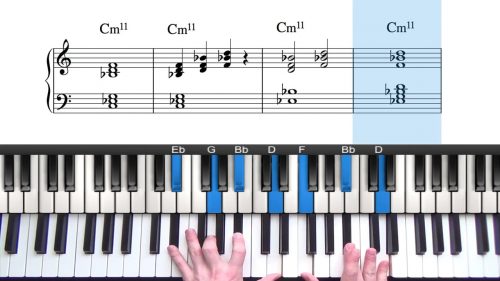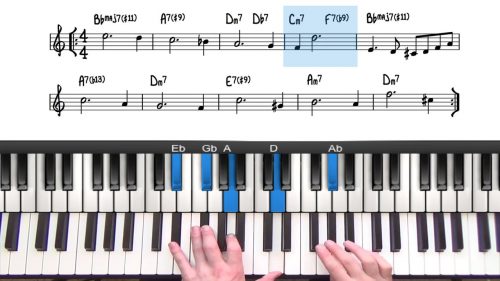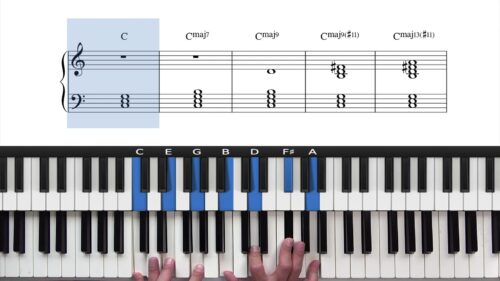Triads: Fundamental Building Blocks Of Harmony
We learn about triads very early when we start to start to study music. We first learn the note names, then we learn intervals, and then we learn the triad which is one of the most basic building blocks of harmony.
Major, Minor, Diminished, & Augmented
There are 4 types of triad which you should learn and understand. They are major triads, minor triads, diminished triads, and augmented triads. If this is new to you, check out the related lessons below for a study of triads.
Inversions Of Triads
Each triad has 3 inversions. We can inver the chord by placing the bottom note on the top. The 2nd inversion is the most harmonically powerful, and all inversions can be used to stack above other harmonies.
Triads vs Scales
Visualising triads as potential building blocks is a more versatile way to create chord voicings. Scales are laid out in a linear fashion but triads give you a selection of inversion possibilities to create a wide range of sounds and textures.
Lesson Downloads
-
Major & Minor Upper Structures Cheat Sheet File Type: pdf
-
Upper Structure Triad Cheat Sheet File Type: pdf
Practice Tips
-
Learn the inversions of each triad up and down the keyboard.
-
Take any major or minor chord, and try to visualise the triads which are contained within the scale.
-
Experiment with these triads for harmonic and melodic development.
- Triads can also be applied over dominant chords to create "Upper Structure Triads". Jovino refers to this concept as "hinges".







